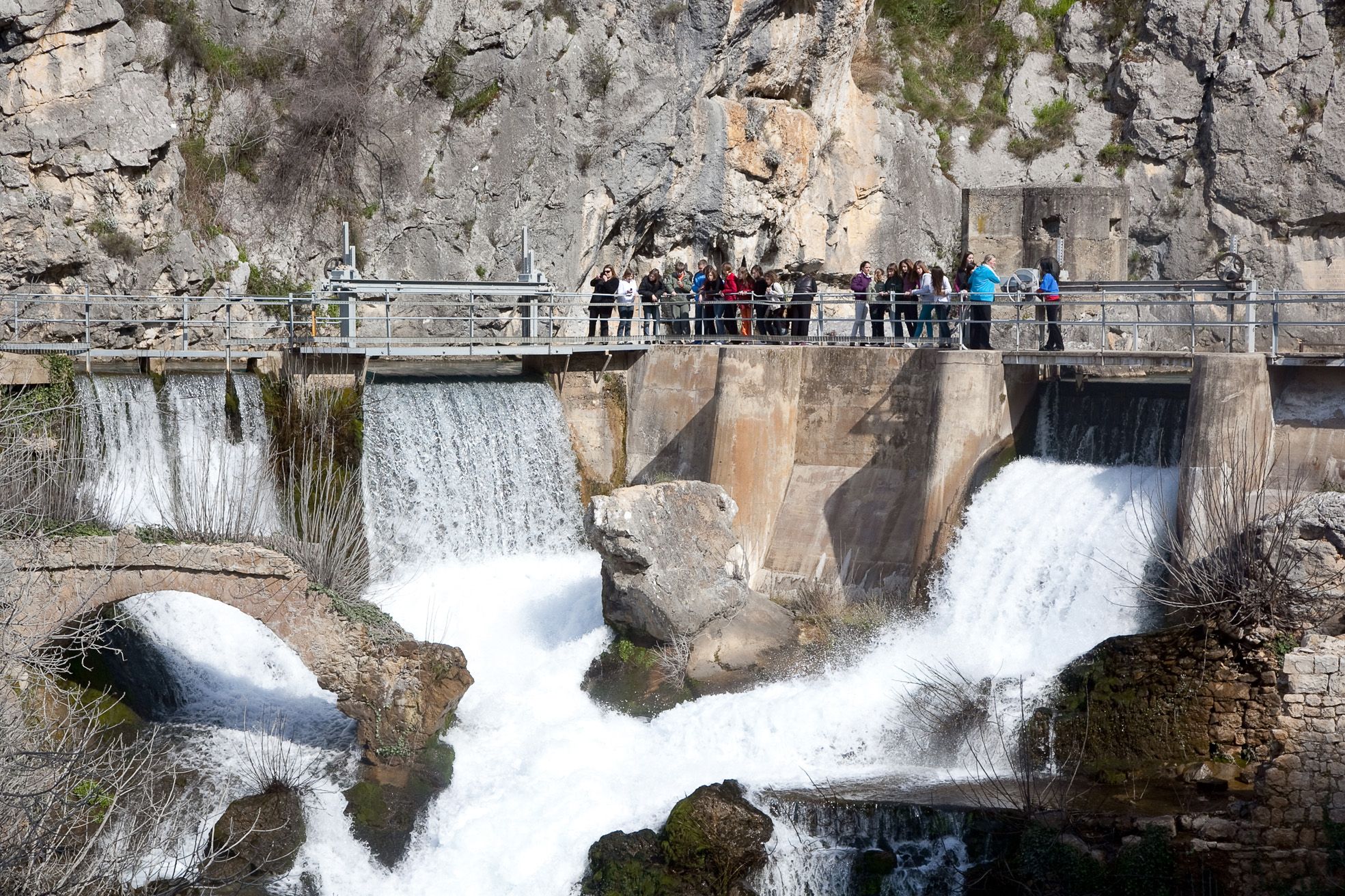The area below Klis, to the west of Rižinice, and extending eastward, i.e. to Mount Mosor, by the glade once known as Debelo brdo (Debela Glavica), all the way to the Jadro and Mravinci Slope to the east, and the Jadro to the south. This whole area abounds in Roman and medieval monuments. Here, to the north of the slope, in a valley once planted with olive groves and vineyards, some fifty years ago there were still remains of an ancient (Roman?) road visible, and in 1933-1934 they found remains of a Roman hamlet. It was a rich villa (hamlet, mansion) inhabited up to the early Middle Ages, as proved by old-Croatian structures and pottery fragments. It was customary to take over old properties not only in the lands colonised by the Croats but throughout Europe: the colonists always sought possession and inhabited the former inhabitants’ properties, especially the richer ones. There are examples in Rižinice, in Kaštela Field (Putalj, Bijaći), Podstrana (Sv. Martin), Poljičke Jesenice (the rich Petar Crni Gumajev, of Split, built a monastery and a church there), and a great many other places.
In Majdan, there are remains of structures and Roman grave stele, reliefs (butchering a pig, from the 3th-4th centuries, it is now in the Archaeological Museum of Split), fragments from the early-Christian and early-Croatian époque, pottery fragments (oil lamps, urns), etc. An exquisite find is a Roman water-flushed toilet (latrina).
Over one hundred graves, most of them from the early Middle Ages, had been destroyed before archaeologists arrived here. Some further thirty graves have since been excavated. The artefacts found in the graves are by their number and quality among the richest from the époque (including gold and silver earrings, gold pendants, necklaces). The position of this luxurious villa, inhabited by the newcomers, evidences a richer, higher stratum of the Croatian society: this is why some authors (L. Katić) deem these artefacts made property of a prince.
Tourist board of Solin
Solin - Cradle of Ancient and old Croatian History
@








